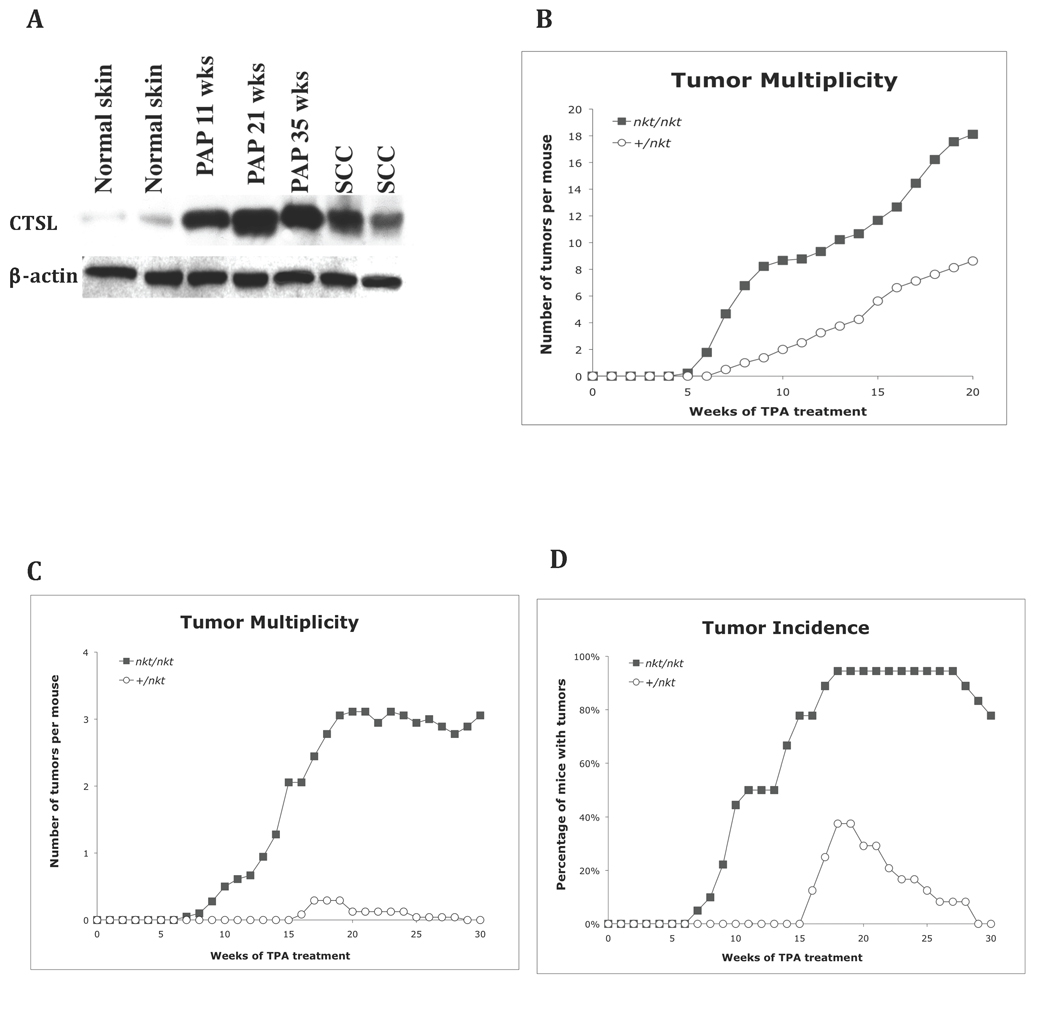Figure 1. Two-stage carcinogenesis studies in Ctsl-deficient mice.
(A) Western blot of normal skin, early (11 wks), mid (21 wks), and late (35 wks) papillomas and squamous cell carcinomas from SENCARB/Pt mice showing how CTSL protein expression increases during papilloma development (antibody: M-19, sc-6500). (B) Tumor multiplicity of skin tumors after two-stage carcinogenesis in SENCARB/Pt-nkt/nkt mice (n = 9) was statistically highly significant from that of wild-type mice (n = 7) at 20 wk (P< 0.001, Wilcoxon Rank Sum test). (C) Tumor multiplicity in DBA/2-nkt/nkt mice (n = 18) was statistically highly significant from that of wild-type mice (n = 20) at 20 wk (P< 0.001). (D) Tumor incidence in DBA/2-nkt/nkt mice reached a plateau of 94% at 18 wk compared to 38% for wild-type mice (all the papillomas from this group regressed by wk 30). For two-stage carcinogenesis, 6–8 wk old mice were initiated with DMBA and after two weeks received repeated applications of TPA as described in Materials & Methods. The number of papillomas was determined weekly. The tumor incidence is defined as the percentage of mice with skin tumors and the tumor multiplicity is the average number of skin tumors per mouse. Mutant nkt/nkt mice (ν); wild-type mice (μ).

